
10 Tales of Manuscript Burning (And Some That Survived)
A Brief History of Bibliocide
“Manuscripts don’t burn,” says the devil in Bulgakov’s The Master and Margarita, pulling one that everyone thought had out from under his enormous talking cat. Of course they don’t, one might think. Well, not anymore, anyway. After all, these days so many books are written directly into the cloud that burning would seem nearly impossible—barring the global crash that is almost definitely coming if we stay on our current path. Perhaps that’s why legends of destroyed manuscripts linger so long in the literary imagination—we’re beginning to forget the truth that anything might be lost forever.
And of course, manuscripts do burn. But manuscripts can also hide when they were thought to have burned, only to be discovered years later in a drawer in someone’s sitting room, secreted there or merely forgotten. They can refuse to burn—or rather, someone can refuse to burn them. They can be burned accidentally, or after a long, desperate battle. Here, I’ve collected ten stories of the destruction (or threat thereof) of unpublished works, diaries and letters by notable authors—texts, in other words, of interest to the world. Some prove immortal, others duly destroyed, and some others live on in ghost-like forms, re-created, ostensibly imperfectly, by their makers. We may be at the end of stories like these, given the cloud and all, which makes them feel more resonant. I doubt even in the future anyone will be reading ten stories of the epic hard-drive failures of famous authors. But then again, who knows? Read on, while you can.
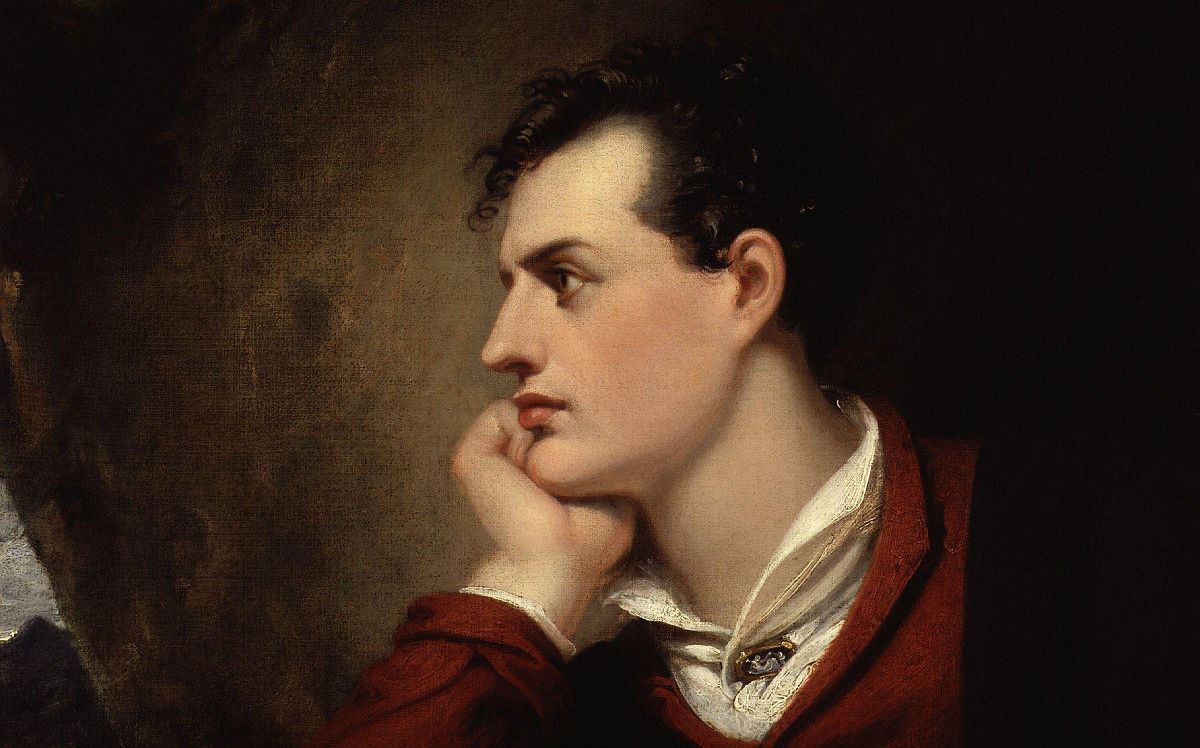
Lord Byron, Diaries
Byron was famously mad, bad, and dangerous to know—and so, it seems, were his memoirs, which his friends deemed so salacious, so potentially damaging to his reputation and to those of his ex-wife and daughter, that they decided to destroy them in an act sometimes described as “the greatest crime in literary history.” Here it is, as dramatized by Benita Eisler in the New York Times:
On Monday, May 17, 1824, near noon, six men gathered in the high-ceilinged drawing room at 50 Albemarle Street, off Piccadilly, in a house that served as both home and office to the publisher John Murray. For days the group had been quarreling among themselves. Alliances shifted. Messages flew back and forth, and meetings between pairs continued through the morning. Once they were finally assembled, an argument flared between two of their number, John Cam Hobhouse, a rising young parliamentarian from a wealthy Bristol family, and Thomas Moore, a Dublin-born poet and grocer’s son. Angry words threatened to turn into physical violence. Finally, the decision of the host prevailed, and calm was restored. Murray then asked his sixteen-year-old son to join them. Introduced as heir to his father’s business, the boy was invited to witness a momentous event. A servant appeared, carrying two bound manuscript volumes. While the group drew closer to the fire blazing in the grate, two others, Wilmot Horton and Colonel Doyle, took the books and, tearing them apart, fed the pages, covered with handwriting familiar to all those present, to the crackling flames. Within minutes, the memoirs of George Gordon, sixth Lord Byron, were reduced to a mound of ashes.
Of course, this is unbearably tantalizing: what was so terrible that his friends resolved to destroy the evidence? And how would we feel about it today, if we knew? Perhaps we never will, but then again—you know what they say about manuscripts.

Thomas Carlyle, History of the French Revolution
Here’s a tip: if you want to save yourself a lot of trouble, don’t lend out your books. Or actually, just don’t lend out your unpublished manuscript, the one you’ve been working on for months, especially when it’s your only copy. In 1835, Thomas Carlyle asked his friend John Stuart Mill to read his draft of History of the French Revolution—the book he thought would “finally make his literary reputation”—but one night, Mill came to his door to admit a horrible truth: a maid had mistaken the manuscript for waste paper, and burned it. But was that actually the truth? As Rachel Cohen writes in The New Yorker,
Even at the beginning, Carlyle must have had, as we do, certain questions. Mill’s house was full of valuable manuscripts; why would a maid just seize the first pages she saw and use them for kindling? Mill seems to have put them in a pile intended for waste; was there anything behind his carelessness? Was he jealous of Carlyle’s accomplishment, or dismayed that Carlyle had represented the coming of democracy so differently than Mill would have?
After all, Mill had once wanted to write a book on the same topic, which is suspicious. But it didn’t matter, in the end—after a hard start, Carlyle rewrote the book, and when it was published in 1837, Mill wrote a glowing review: “no work of greater genius, either historical or poetical, has been produced in this country for many years.” Except maybe for the first version.
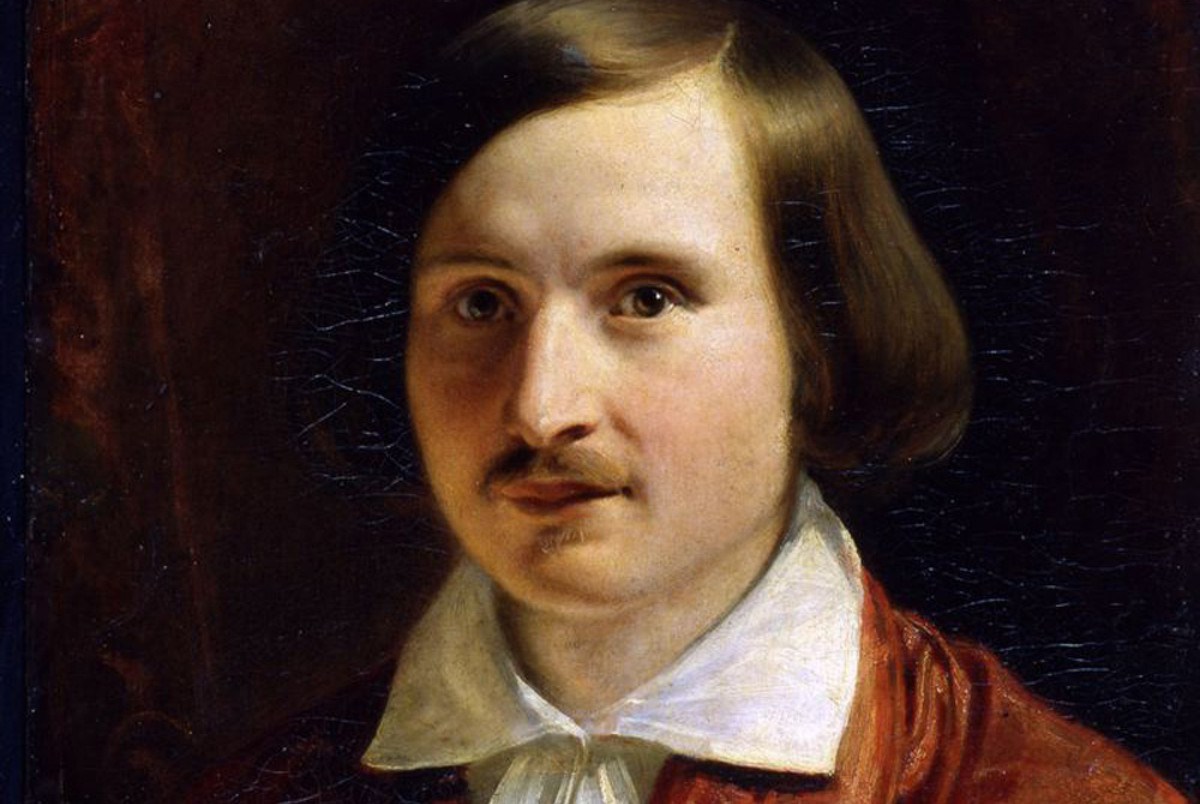
Nikolai Gogol, Dead Souls (Part Two)
In 1841, the publication of the first part of Dead Souls made Gogol a literary titan—but while he worked on part two for the rest of his life (we think), no one will ever see it, because Gogol burned the pages shortly before his death. As for why exactly he did so, reports differ. Towards the end of his life, Gogol turned towards religion, and his asceticism increased under the influence of Father Matvey Konstantinovsky. He renounced some of his earlier work, tearing some of it up. Some speculate that he had begun to find it sinful, and that Konstantinovsky urged him to burn part two of Dead Souls as well. But it’s also possible that it was just an accident. According to V. V. Gippius’s biography of Gogol, on the night of February 24, 1852 (February 11, Old Style), the writer took a bundle of “notebooks tied with a ribbon, placed it in the stove, and lit it with a candle.” His servant begged him to stop, but Gogol told him that it was none of his concern, and that he should pray.
Meanwhile, the fire had gone out after scorching the corners of the notebooks. Gogol noticed this, removed the sheaf of papers from the stove, undid the ribbon, and, arranging the pages in such a way that they would catch more easily, again set them afire, and sat in a chair before the fire, waiting until everything had burned to ashes. Then, crossing himself, he went back into the room he had come from. He kissed his servant, lay down on the couch, and began to weep.
Apparently, Gogol wasn’t even sure which of his papers he had burned. In the morning, he reportedly said, “Just imagine how powerful the evil spirit is! I wanted to burn some papers I had intended to burn long ago, but instead I burned the chapters of Dead Souls which I wanted to leave my friends to remember me by after my death.” Nine days later, he was dead.
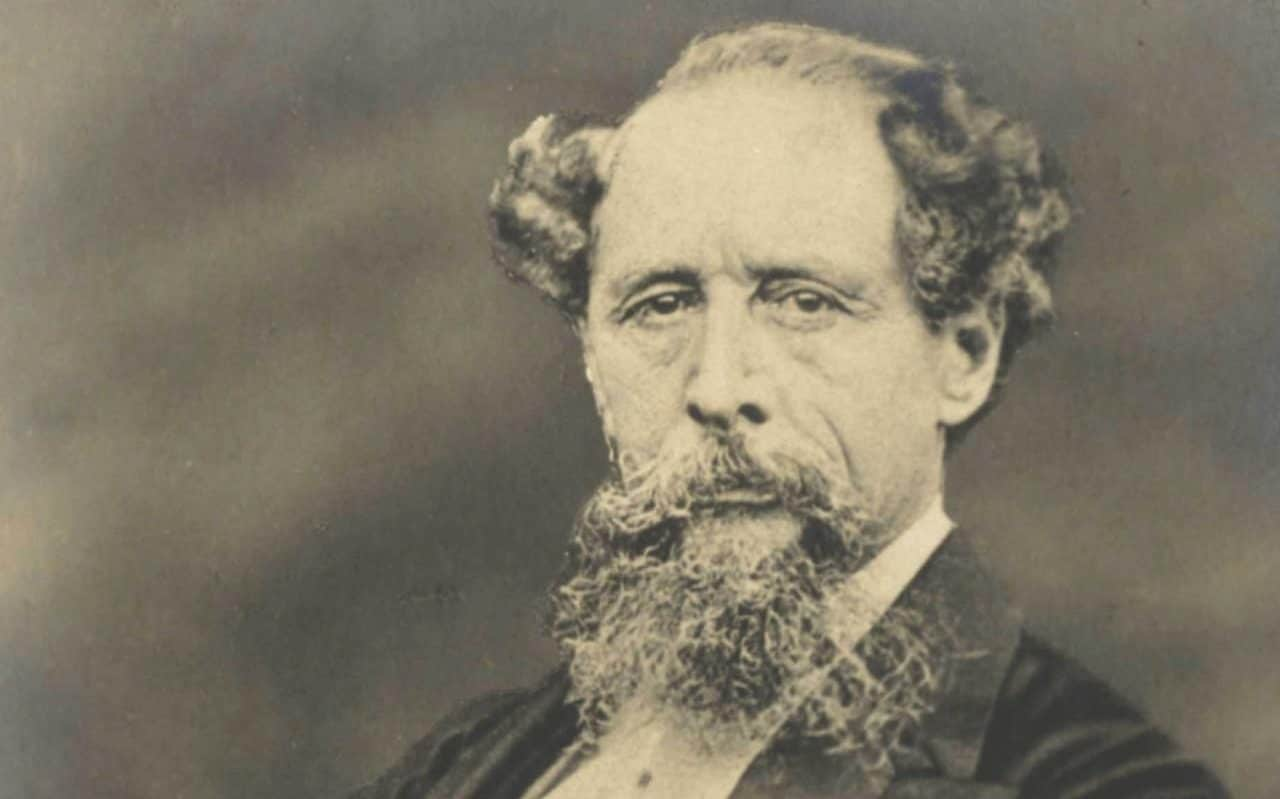
Charles Dickens, Letters
In September of 1860, Charles Dickens built a bonfire behind his house at Gad’s Hill and threw in “the accumulated letters and papers of twenty years”—probably, as Paul Lewis wrote in The Dickensian, over 10,000 discrete pieces. “They sent up a smoke like the Genie when he got out of the casket on the seashore,” he wrote, “and as it was an exquisite day when I began, and rained very heavily when I finished, I suspect my correspondence of having overcast the face of the Heavens.” His explanation was that he was “shocked by the misuse of private letters of public men” and afterwards began to burn almost all his correspondence. Lewis speculates that the action had to do with the embarrassing publication of a letter he had written to a friend about his separation from his wife (and the “virtuous and spotless” young lady who was definitely not involved); others point out that he may have been directly worried about the outing of his relationship with his teenage mistress, or that he was merely at a turning point, looking away from the past and towards the future. Which doesn’t explain why he kept up the burning, so I’m putting my money on the mistress.
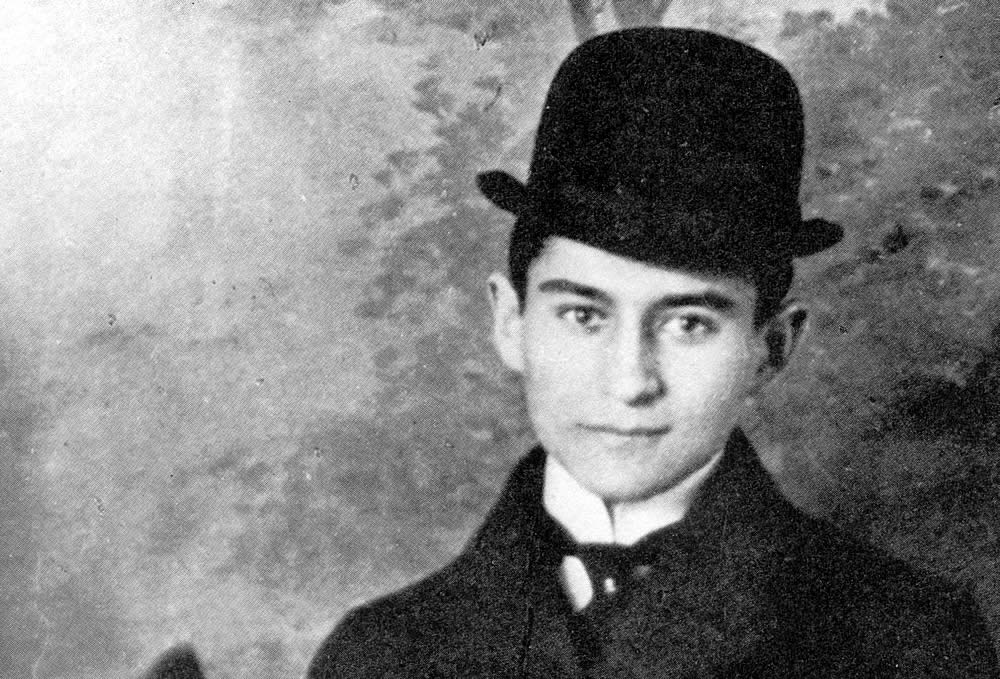
Franz Kafka, The Trial
Finally, a writer who did not succeed in burning all of his manuscripts—despite the fact that it was his dying wish. Towards the end of a long battle with tuberculosis in 1924, Kafka asked his best friend Max Brod to burn all of his papers after his death: “Dearest Max, my last request: Everything I leave behind me . . . in the way of diaries, manuscripts, letters (my own and others’), sketches, and so on, [is] to be burned unread.” Brod agreed—but he didn’t do it. Instead, he edited and posthumously published much of his friend’s work, including The Trial and The Castle. In 1939, Brod fled the Nazis to Tel Aviv, bringing with him the rest of Kafka’s manuscripts. There, he began a relationship with his secretary Esther Hoffe, and upon his death in 1968, left the papers to her. (She was meant to publish and protect them, but she too disobeyed her directive, selling the original manuscript of The Trial for $2 million.) After her death, a 42-year legal battle ensued—her daughters claimed that the papers were theirs, but the courts eventually awarded the manuscripts to the National Library of Israel, deciding that “Brod’s last wish was that his life’s work, his material legacy, should be entrusted in its entirety to public archives.” The National Library of Israel now plans to digitize the works and make them available to the public—the polar opposite of burning them.
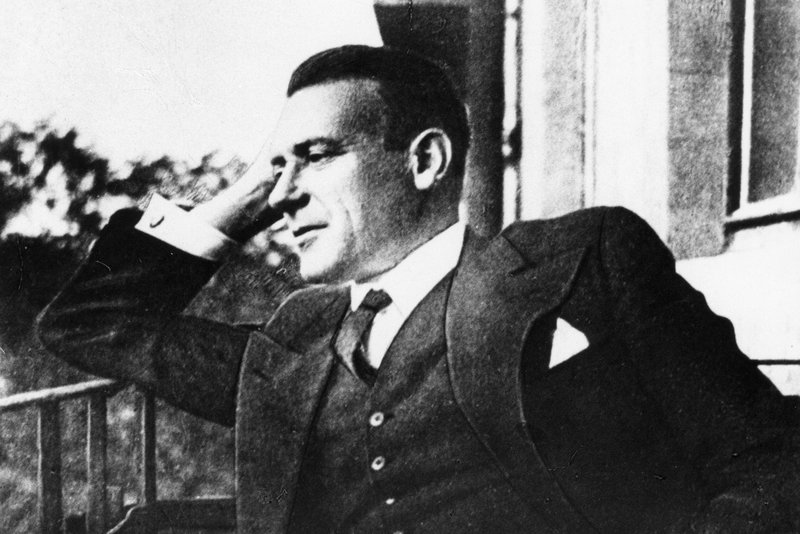
Mikhail Bulgakov, The Master and Margarita
Famously, Bulgakov burned the manuscript of his masterpiece, The Master and Margarita in 1930, in despair after two years of work—only to begin writing it again from scratch the following year. He would work on it in secret—such anti-establishment works were not tolerated in Stalinist Russia—for the rest of his life, indeed almost right up to the end, though the book wouldn’t see full publication until twenty-six years after his death. The eponymous Master, of course, a parallel to Bulgakov in a number of ways, also burns his own book in frustration, only to have it handed back to him by Woland (a.k.a. the devil) with the now-famous phrase: “Manuscripts don’t burn.”
But The Master and Margarita wasn’t the only manuscript that Bulgakov unsuccessfully burned. According to J.A.E. Curtis’s Manuscripts Don’t Burn: Mikhail Bulgakov: A life in letters, in 1926, in the course of an investigation into one of his acquaintances, the OGPU (the pre-KGB KGB) confiscated some of Bulgakov’s papers, including his diaries and the manuscript of The Heart of a Dog. Bulgakov demanded that they be returned, but he only got them back three years later, at which point he “immediately burned the diaries and resolved never to keep a diary again. Since that time, it had been assumed that the diaries were lost, until the advent of glasnost prompted the KGB to admit that, in fact, the OGPU had made a copy of at least part of the diary back in the 1920s, and this was still sitting in the KGB’s archives.” It was published in 1989.

Edna St. Vincent Millay, Conversation at Midnight
When Edna St. Vincent Millay went on vacation to Sanibel Island, Florida, in 1936, she naturally brought her manuscript-in-progress—years in the making—along with her. She had her luggage sent up to her room and went down to the beach to look for shells. When she turned back, she saw that her hotel was in flames, the manuscript along with it. She went home and rewrote the book from memory, and it was published the next year.
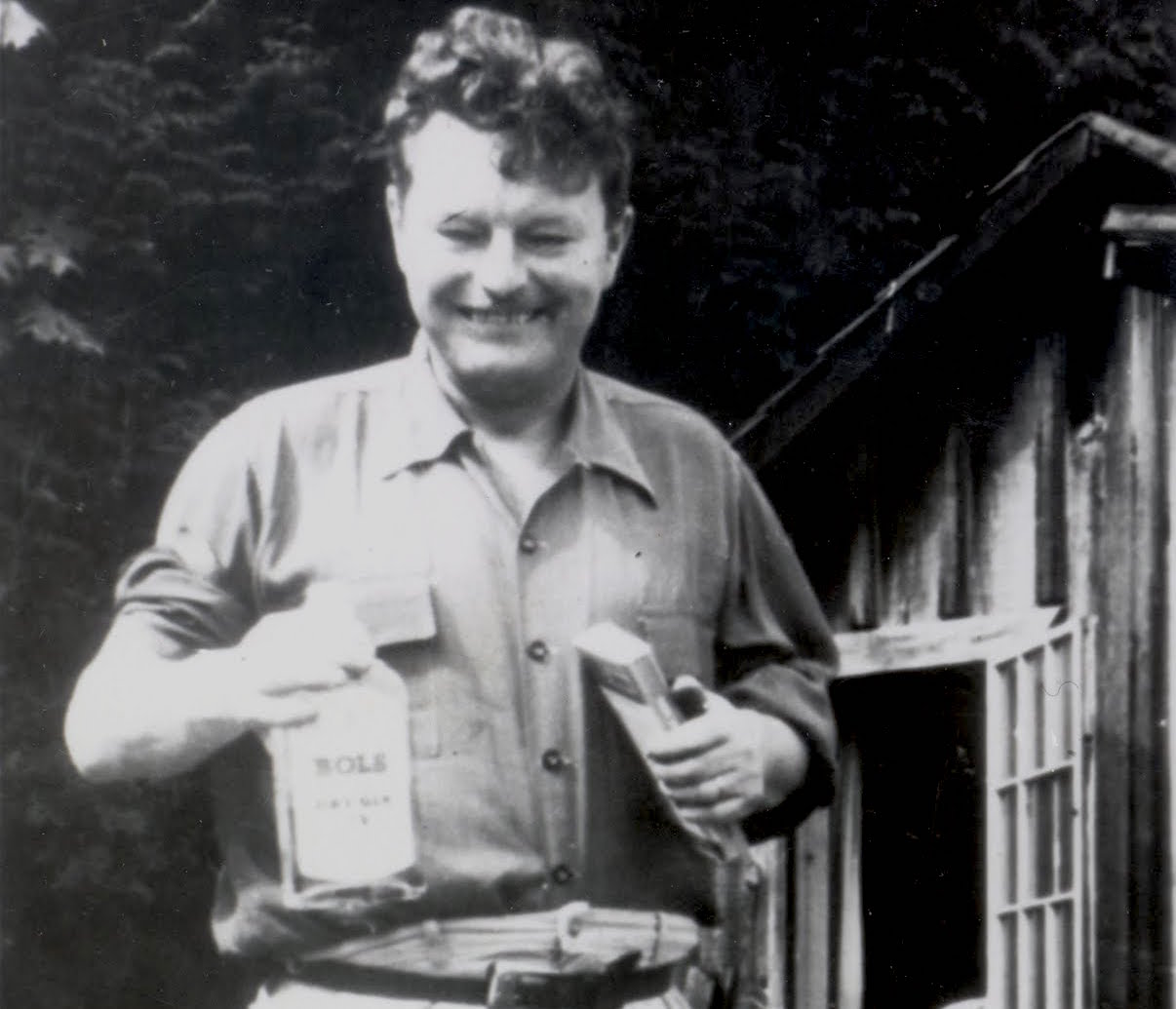
Malcolm Lowry, In Ballast to the White Sea
In 1944, Malcolm Lowry was living on the coast of British Columbia with his second wife when his cabin caught fire and burned to the ground. Lowry leapt into the flames in an attempt to save his manuscripts—a burning log fell on his back and “fried” him, but he managed to rescue the pages that would become Under the Volcano. However, his In Ballast to the White Sea, “that thousand-page Paradiso” (to Under the Volcano’s Inferno) was lost, and Lowry died thirteen years later without ever re-creating it.
It wasn’t until 2000 that his first wife, Jan Gabrial, revealed that she had had a secret copy of In Ballast to the White Sea the whole time. Lowry had left it with Gabrial’s mother in 1936, and likely forgotten about it completely. In 2003, two years after Gabrial’s death, the executor of the estate gave the manuscript to the New York Public Library, and it was published in 2014.
Fun fact: this wasn’t the first novel that Lowry lost. The manuscript of his first novel, Ultramarine, was stolen out of his publisher’s car—the top had been left open—and he claimed he had to rewrite the whole thing in a manner of weeks. (Though others claim there was a carbon copy.)

V. S. Naipaul, various manuscripts
At some point in the 1970s, Naipaul deposited his papers and unpublished manuscripts to Ely’s, a London warehouse, for safekeeping. Patrick French, Naipaul’s biographer, counts among this trove
. . . the novel he had begun in Trinidad in 1949, the manuscript of The Shadow’d Livery, his translation of Lazarillo de Tormes, his scripts for the BBC Caribbean Voices, his diaries from his years at Oxford, his journals for The Middle Passage, the manuscripts and typescripts of all the books he had written before moving to Wiltshire, notes and letters from his first trip to India in 1962, most of the letters he had received in the 1950s and ’60s, his own “Letters from London” for the Illustrated Weekly of India, his travel journals from Africa in 1966, and the notebooks and diaries of his early journalism.
But in 1992, when Naipaul and his wife tried to arrange for the archive to be valued, it had disappeared. Or to be more precise, it had been incinerated due to a clerical error. Ely’s had, at some point, destroyed all of the boxes marked “NITRATE”—and all of the boxes marked “NAIPAUL” had gotten swept up as well. That’s a pretty major failure of reading comprehension.
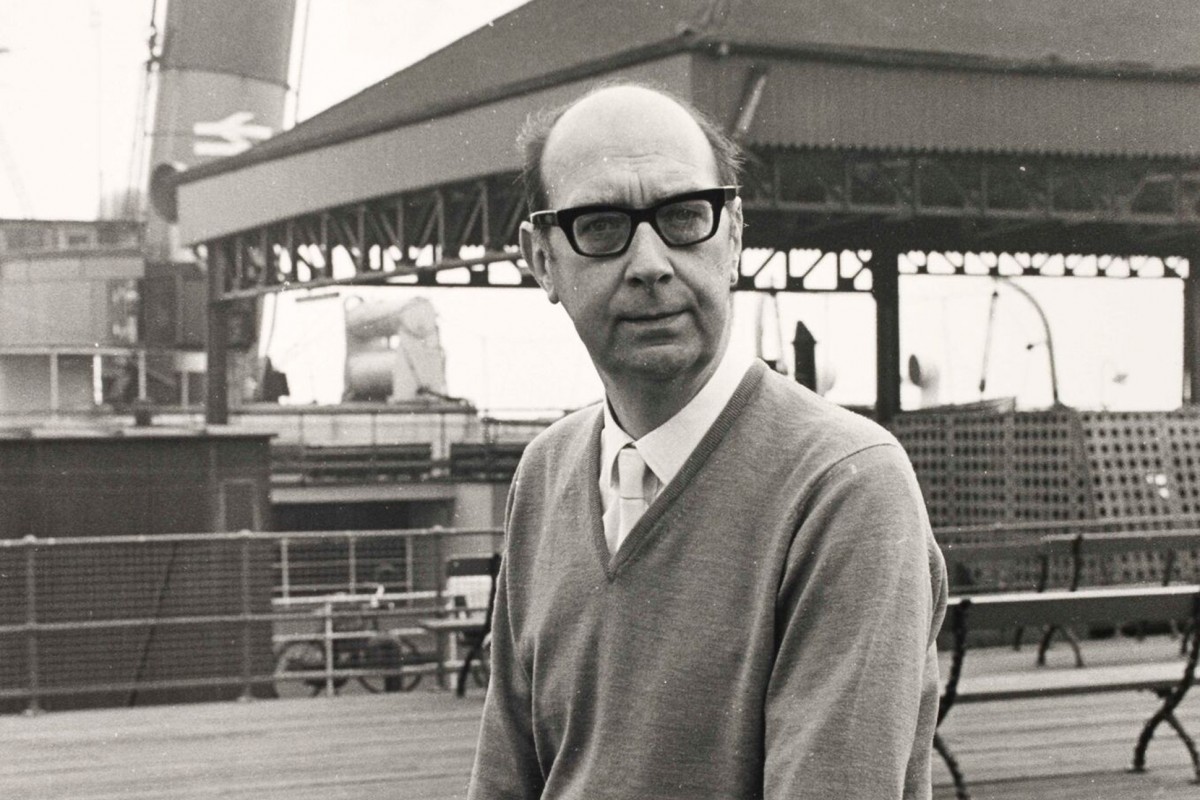
Philip Larkin, Diaries
Before his death in 1985, Philip Larkin asked one of his mistresses, Monica Jones, to destroy his diaries. For whatever reason, according to John Banville Jones asked another mistress, Betty Mackareth, to do it.
Betty took the thirty-odd volumes into Larkin’s office in the Brynmor Jones Library at Hull University and fed them page by page into a paper shredder—the task took all afternoon. With characteristic loyalty and discretion, she did not attempt to read the diaries before destroying them, “but I couldn’t help seeing little bits and pieces. They were very unhappy. Desperate, really.”
Larkin had told his future biographer Andrew Motion, “When I see the Grim Reaper coming up the path to my front door I’m going to the bottom of the garden, like Thomas Hardy, and I’ll have a bonfire of all the things I don’t want anyone to see”; however, the bonfire was never built, and according to Motion, the diaries, “eight manuscript books in which he drafted his poems, and the large mass of his unpublished papers and letters lay undisturbed in his house when he was carried out of it for the last time.”
Of course, not all of that was destroyed—selections of Larkin’s previously unpublished poems and letters have been coming out ever since. But the diaries, it seems, are gone.
Emily Temple
Emily Temple is the managing editor at Lit Hub. Her first novel, The Lightness, was published by William Morrow/HarperCollins in June 2020. You can buy it here.



















